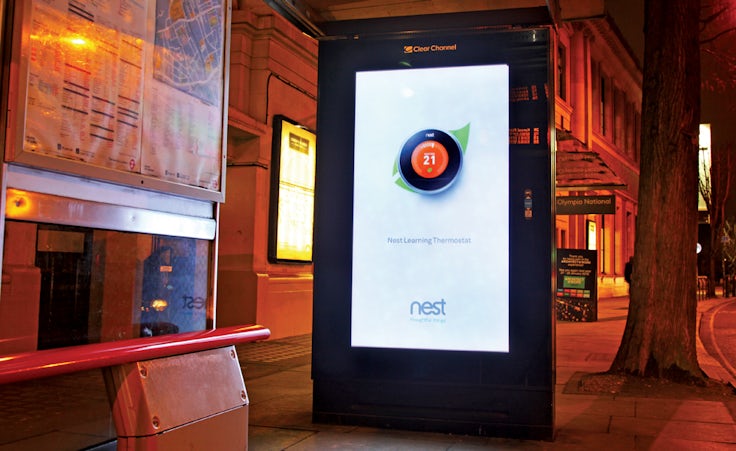TfL: ‘The outdoor industry needs to move from selling space on a wall to selling an audience’
Transport for London (TfL) hopes its new £1.1bn advertising deal with Exterion can prove a catalyst to transform the ‘outdated’ outdoor advertising market and offer brands new opportunities to engage with its audience.

Speaking to Marketing Week, Graeme Craig, TfL’s commercial development director, claimed the contract offers the chance to think about outdoor advertising beyond the “confines of a narrow OOH contract”.
“We want to bring in advertising, experiential marketing, data, sponsorship and pop-up retail. This is the best outdoor asset in the world with a fantastic customer base daily.
“We need to move from selling space on a wall to selling access to a customer base so brands can much more accurately target audiences and customers are more engaged because the ads are more relevant to them,” he said.
The deal marks the first time TfL has combined its ad space across London Underground, Tramlink, Docklands Light Railway, Victoria Coach Station and Crossrail. And John Pizzamiglio, TfL’s advertising strategy lead, says while that decision was made partly due to “economies of scale”, it also offers an opportunity to sell brands an audience.
“When we started to investigate the market it became apparent that advertisers want to target audiences and so we needed to align with the needs of the market. We have a fantastic audience but before we were using modes of transport as a proxy for targeting specific people. In reality the audience is the whole of London and by bringing our assets together we can make it easier for brands to target that audience,” he explained.
“We need to move from selling space on a wall to selling access to a customer base.”
Graeme Craig, commercial development director, TfL
The hope is that the deal will start to shift the emphasis in buying outdoor ad space more towards targeting audiences with the “right ad at the right time”, according to Exterion’s CEO Shaun Gregory. He says while the industry is in good health it has been slow to make changes and must move to a more data-centric model.
TfL wants to make better use of programmatic to tailor ads to the time of day and audience, as well as looking at how it can use its 1,000 retail units, WiFi and mobile.
“The sector is growing but to grow and take share it needs to operate more intelligently. We want a more intelligent conversation about how campaigns can extend into retail, connectivity and can be brought to life on mobile devices,” added Gregory.
Craig said the deal with Exterion will not be a “traditional concession offering” but instead a partnership where both sides are responsible for generating income. TfL has promised to put substantial investment behind converting its assets to digital, although it will retain some traditional assets.
“London could and should be a showcase for the world for how out-of-home needs to adapt,” he said. London currently accounts for around half of outdoor ad revenue in the UK, with TfL’s assets expected to generate at least £2bn over the next eight years, with £1.1bn of that going to TfL.







